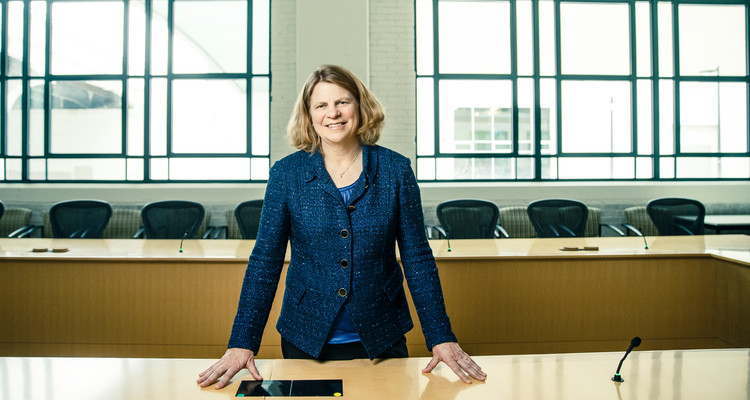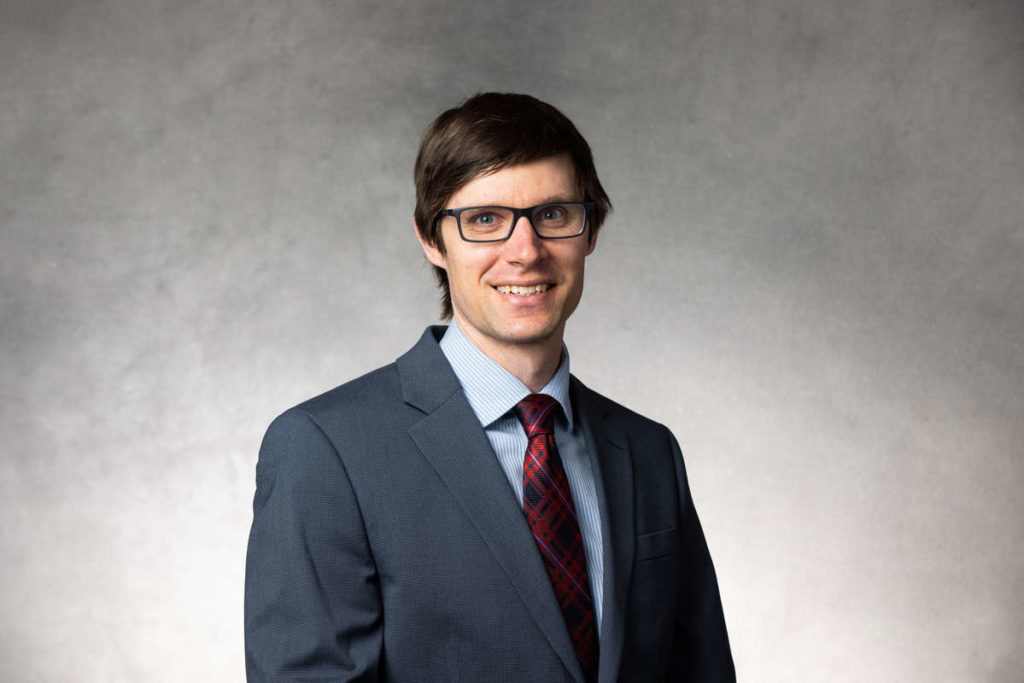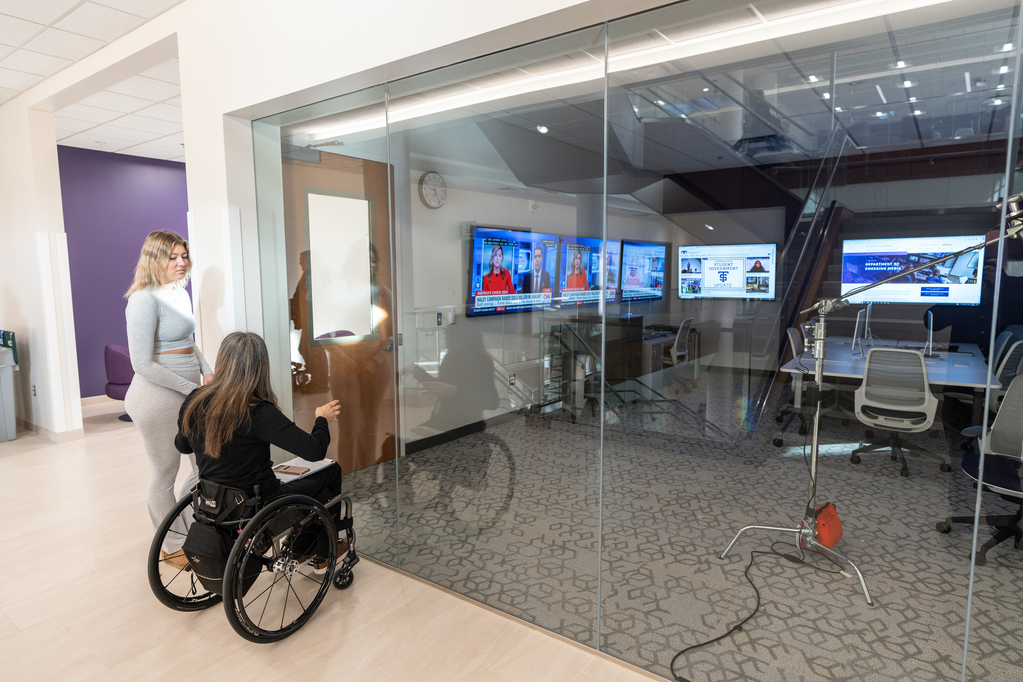Health care is rapidly evolving and changing for the better. In Minnesota, more people have access to care, there are increasing care delivery options such as telemedicine and retail health, a strong focus on wellness and quality, and collaborative partnerships continue to grow. In fact, Minnesota has long been a leader in health care collaboration and innovation. One reason may be that we have historically cared about the greater good.
On the other hand, health care is highly complex and costs are rising. Making quality care more affordable depends on more extensive collaboration and partnerships between insurance companies (payers), health systems and community resources. One of the major trends is the massive shift away from the fee-for-service model to value-based care for payment. This financial model is based on health systems being paid for impact on patient health outcomes and at what cost, something that has been challenging to define and implement.
Barbara Luck ’00 M.B.C., talked with Penny Wheeler, M.D., CEO and president of Allina Health, to gauge what to expect, given her perspective as an obstetrics/gynecologist physician and leader of a major health system.
What needs to be done to achieve affordability?
The major pathway to affordability is achieving the Institute for Healthcare Improvement’s Triple Aim, which consists of three critical objectives: improve the quality of care and experience for individuals, improve the health of populations and reduce the cost of care. Quality is defined as safety, timely, effective, efficient, equitable and patient-centered care. The greatest waste I see is from too much variation from care known to be most helpful to those served. We can make health care better and more affordable through consistency: consistently exceptional care.
The thinking is no longer “build it and they will come” in health care. As we move from volume to value, we’re focused more than ever on providing the right care at the right time and place. Instead of keeping hospital beds full, how do we keep them less full and keep the community healthier? In order to achieve the Triple Aim, we need the market to reward outcomes and move away from rewarding us for volume—how many things we do to how many people we serve. Today, only a small percentage of payments is based on outcomes. We continue to work hard with payers to get agreement for us as health systems to accept more risk for outcomes. We will get there. Implementing this new model will gain momentum, especially as the Center for Medicare & Medicaid Services will establish a 50 percent value-based payment goal by 2018.
What is the largest area of opportunity for health care?
I strongly believe a focus on quality eliminates waste and things that don’t benefit the patient. We have more than 1,400 care processes—from upper respiratory infections to advanced cancer—for which we are responsible to help those served. We want to make sure that each step leads to the best possible outcome per dollar spent. For example, medical policy indicates we should not induce a pregnant woman unless it’s medically necessary and she is within one week of her due date. Elective induction of labor before a week from the due date results in more C-sections, longer labor and more ICU time for babies. Not all medical policies are black and white, but this one is, and it shows how inconsistency results in not only increased health issues for those involved but also extra financial costs.
Another example is stage one breast cancer patients who often get a PET scan, a detailed expensive imaging test. These scans do not change anyone’s prognosis and don’t change treatment. Yet we found they were being ordered 14 percent of the time by those affiliated with Allina Health. Not only is there opportunity to provide the right care, but only the right care at the right time and place.
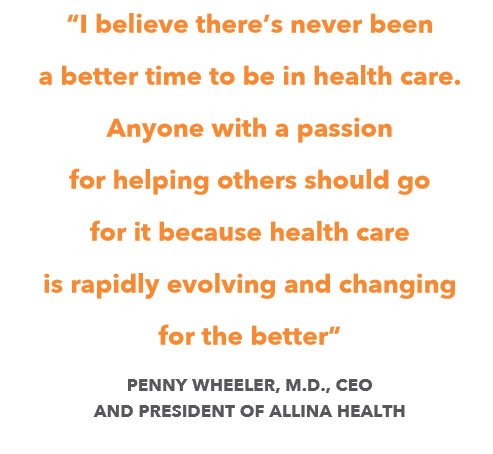
What can you tell us about the impact of partnerships and collaboration in health care?
Minnesota generally has progressive thinkers, collaborators and problem-solvers. Partnering with other health systems is more common here than in other states.
Driven by the desire to do what is best for patients, we created a “lab” to test our capabilities of achieving the Triple Aim in the Northwest Metro. We realized that it didn’t make sense to build another facility if there was one right next door. That’s why we partnered with Health Partners to form an Accountable Care Organization in 2010. When we talk about this in other markets some say, “What? You are partnering with a competitor?” Yet by reducing duplication of resources, we knew we could deliver reliable care at an affordable cost. Over four years, this collaboration has saved more than $7 million in medical costs, increased adherence to medications, reduced hospitalizations, improved access to mental health resources and much more.
Another kind of partnership is “extending” care through community partners to create a care continuum: easily accessible and supportive care throughout a lifetime. This bridges into public health in order to help people be healthy. We partner with the YWCA to provide rehabilitation to injured patients and help them get back to work. Another example is our merger with Courage Kenny Rehabilitation Institute, allowing us to more easily help patients. After a stroke, we can help a person learn to walk and use innovative technologies to aid them with things such as job training. We want to walk alongside people for as long as needed rather than just treat them for a finite episode.
If you had one wish to change how health care operates, what would it be?
It would be to defragment care and implement a financial model focused on health and well-being. By defragmenting care, I’m referring to the care continuum that successfully supports people throughout their lives. That includes more focus on earlier wellness, not later treatment. While we need to advance new treatments and technology, we can’t over-rely on technology because continuous human relationships are important factors too. It’s another kind of partnership with providers to guide those served to make good choices. Compassionate care for the human soul is as important as medical knowledge and technical skills, because relationships that are built on trust impact healthy behaviors. Maintaining the “humanness” in medicine is especially important given the growing use of technology. Donald M. Berwick, M.D., of the Institute of Healthcare Improvement, says that health care is foundationally about love and connection—one person helping another and making connections with and for people.
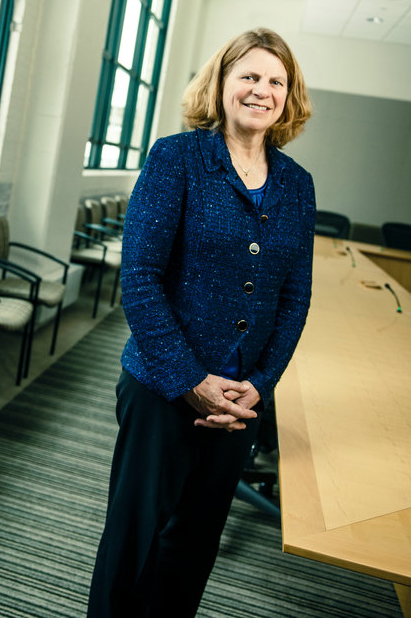
Dr. Penny Wheeler, president and chief executive officer of Allina Health, poses for a portrait in Allina's Minneapolis offices. Wheeler is joining the Opus College of Business board of governors.
What kind of innovations do you see coming in health care?
It used to be that the primary ways to innovate involved drugs, devices or technology. There are, of course, great technology innovations being developed rapidly. A newer one is a video otoscope available on smartphones. With ear infections comprising 80 percent of a pediatrician’s winter clinic visits, this will be a great time-saver for physicians and families. We have another opportunity with healthy OB patients who normally are seen by their OB doctor 12 times throughout their pregnancy. We could do 80 percent of this care virtually for many women, without wait time, disruption to the patient’s schedule, etc. These examples support the importance to move more quickly to the new financial model.. . As noted earlier, I expect that we will continue to see more bundling of care or a budget to manage a patient’s care rather than the traditional a la carte method.
Beyond technology, we are also using new care models to deliver better care at a lower cost. A significant example of a new care model “expands” primary care to include highly needed services. For example, our Penny George Institute of Health & Healing services, including cancer survivor resiliency services and nutritional support services, as well as mental health services, will be part of our primary care model. This not only makes access more convenient, it improves care coordination and results.
Telemedicine is another huge innovation that’s making specialty care more accessible, especially in rural areas. When 22-year-old Christian in Duluth had a basal artery stroke, he had a 2 percent chance of survival. Due to high risk and crucial timing, an expert was quickly needed to decide if TPA medicine was needed. Using telemedicine, local providers reached a stroke neurologist specialist who approved it. We airlifted the patient to United Hospital where we successfully resolved the clot. But we didn’t turn him loose. He went to Courage Kenny to learn to speak, think and walk again. He’s now student teaching, realizing his dream. We can export expertise to get the right treatment at the right place. This is the care continuum that I was talking about. We don’t leave his side until he’s back to his normal life.
How do you see increased longevity of lives affecting health care?
Living longer means greater complexity of care due to multiple health issues. We need to ensure ongoing, continuous support for people, such as with care management support services. Home will be a hub of care with care support and care guides, telemedicine and expert care close to home. Complexity of health issues requires this group to have a close relationship with their care system to stay as well as possible, as long as possible, and avoid unnecessary hospitalizations.
What can individuals do to prepare for the future?
The number one thing needed to improve health is education. Even one year of post-high school education means a 50 percent lower chance of premature death. Education improves quality of life, such as better jobs, housing and food choices.
A person’s health is impacted only 10 to 20 percent by access to care. The rest is heredity and environmental issues, such as stress. So that clearly says we should focus on prevention and wellness. We know so much more now about what is and isn’t healthy for diet, sleep and exercise. And I see people absorbing information and assuming more responsibility about their own health. Use of wearable health items such as fitness tracking devices are skyrocketing due to both consumer and employer interest in monitoring health metrics.
What advice do you have for anyone in health care or considering a health care career?
I believe there’s never been a better time to be in health care. Anyone with a passion for helping others should go for it because health care is rapidly evolving and changing for the better. We need leaders to keep innovating and finding the right balance. It’s an exciting time to make a difference. It’s hard work, but there’s tremendous meaning to a career where you have a positive impact on many, many lives.
